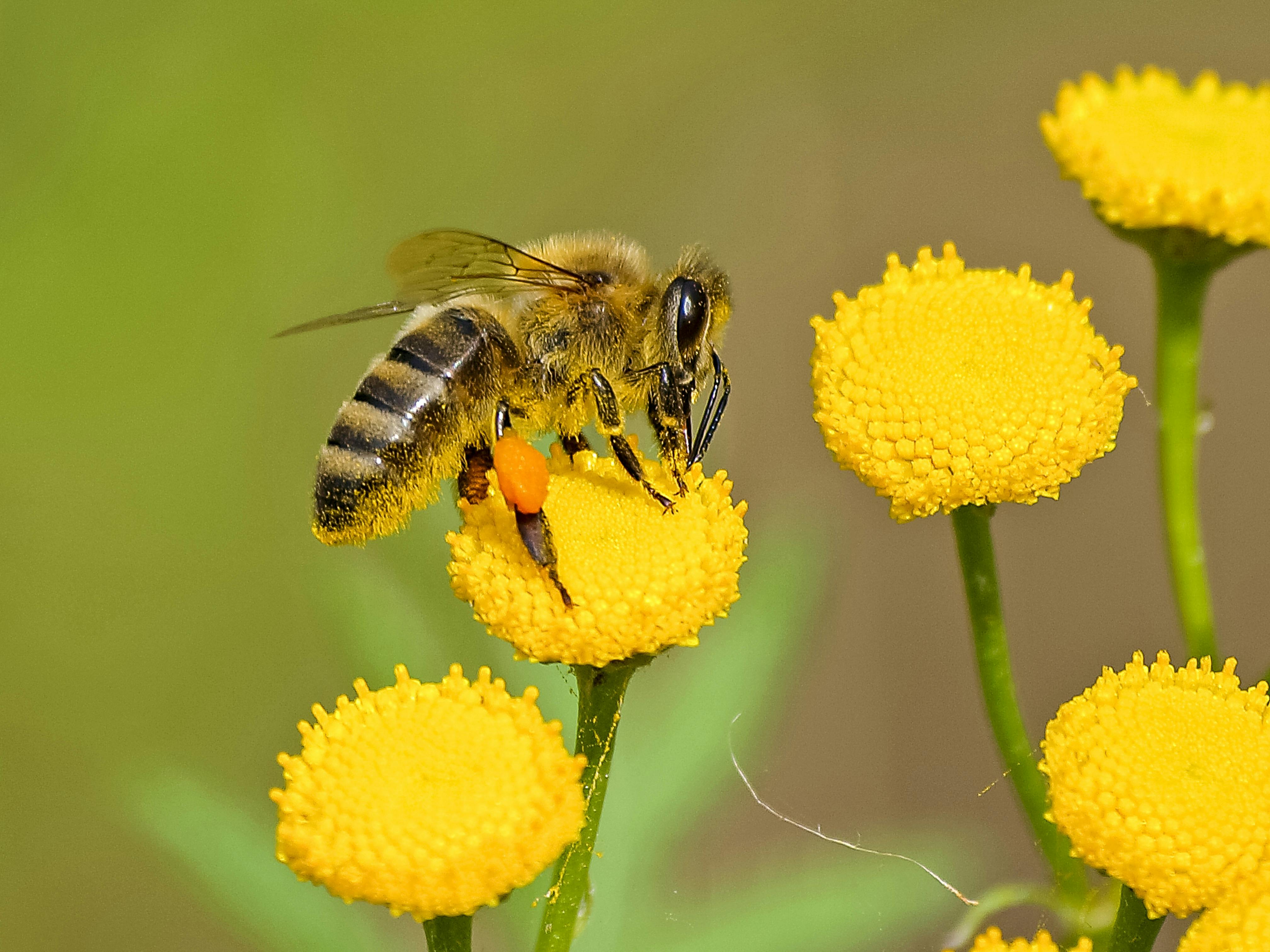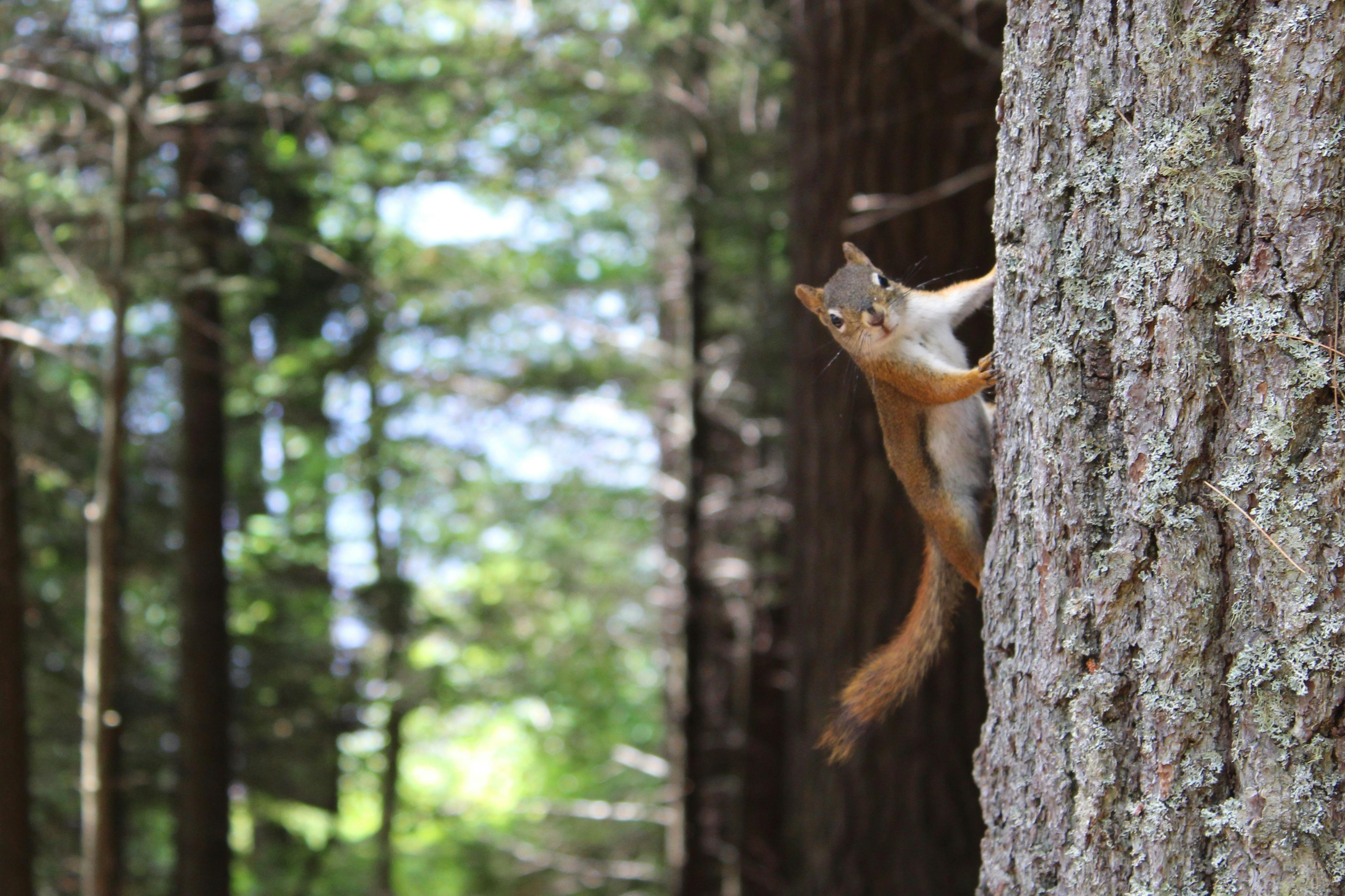Unveiling the Intricate World of Honeybee Communication
The art of communication is as diverse as the myriad species that inhabit our planet. Among these, honeybees have developed a fascinating and intricate system of communication, a dance language that enables them to share vital information about food sources, threats, and more. This article delves into the complex world of honeybee communication, offering a comprehensive look at this marvel of nature.

A Dance Language: Communication Among Honeybees
Honeybees use a unique form of communication known as the ‘waggle dance’. This complex series of movements, first documented by Austrian zoologist Karl von Frisch, is employed by forager bees to convey the location and distance of a food source to fellow hive members. The dance involves specific movements and vibrations, each element carrying a specific piece of information.
The Evolution of Honeybee Communication
The evolution of honeybee communication can be traced back millions of years. These insects have developed a sophisticated signaling system that has allowed them to survive and thrive in a variety of environments. Over time, the waggle dance has become more sophisticated, allowing bees to communicate more precise information and increase their efficiency in finding and collecting food.
The Current Status: How Honeybee Communication Affects Their Survival
The current decline in honeybee populations worldwide is a significant concern. Pesticides, habitat loss, and climate change are all impacting honeybee survival. Understanding their communication methods is crucial in our efforts to support and protect these vital pollinators. Initiatives aimed at creating ‘bee-friendly’ environments are being implemented, emphasizing the importance of these insects to our ecosystem.
Honeybee Communication and the Pet Trade
Although honeybees are not traditionally considered pets, they are increasingly being kept in urban and suburban areas. Understanding their sophisticated communication methods can help beekeepers provide optimal care for their hives. However, the estimated cost of maintaining a hive can range from $300 to $500 per year, which includes equipment, bees, and ongoing maintenance costs.
The Future: Research and Breakthroughs
Ongoing research continues to reveal new insights into honeybee communication. Scientists are developing technologies to ‘decode’ the waggle dance, in hopes of gaining a deeper understanding of bee behavior. These advancements could potentially lead to innovative solutions for bee conservation, ensuring the survival of these important pollinators.
Understanding honeybee communication is a fascinating journey into a world of intricate signaling and survival strategies. As we continue to unravel the complexities of this dance language, we gain a deeper appreciation for the remarkable capabilities of these vital creatures. By protecting and supporting our honeybee populations, we safeguard not only their survival but also the health of our global ecosystems.





